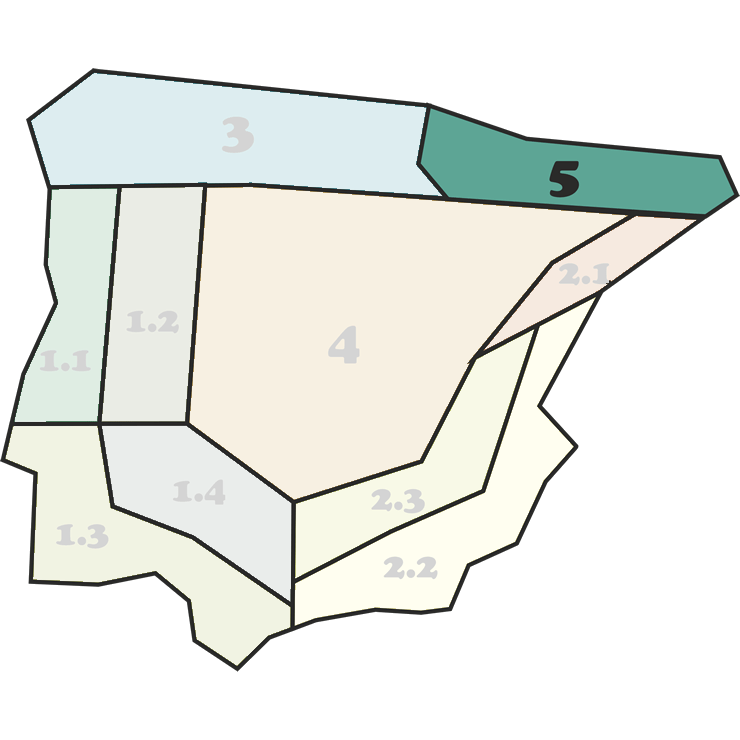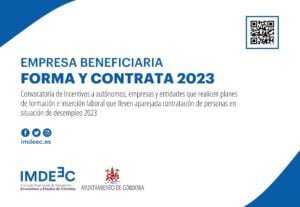Before making any decision in an environmental or natural areas restoration project, it is advisable to carry out a very detailed study of the environmental variables (climate, soil, topography, flora, proximity of natural vegetation, etc.) that condition the area to be restored.
This prospection of climatic, topographic, edaphic and landscape factors, together with the specific knowledge of wild flora and the experience accumulated in more than 25 years of professional experience in advising and carrying out more than 300 projects of this type in Spain, allows us to advise in a very precise way, on the choice of the best seed compositions of wild plant species, as well as the most appropriate measures regarding their application to guarantee the viability and economic profitability of this type of restoration and revegetation projects.
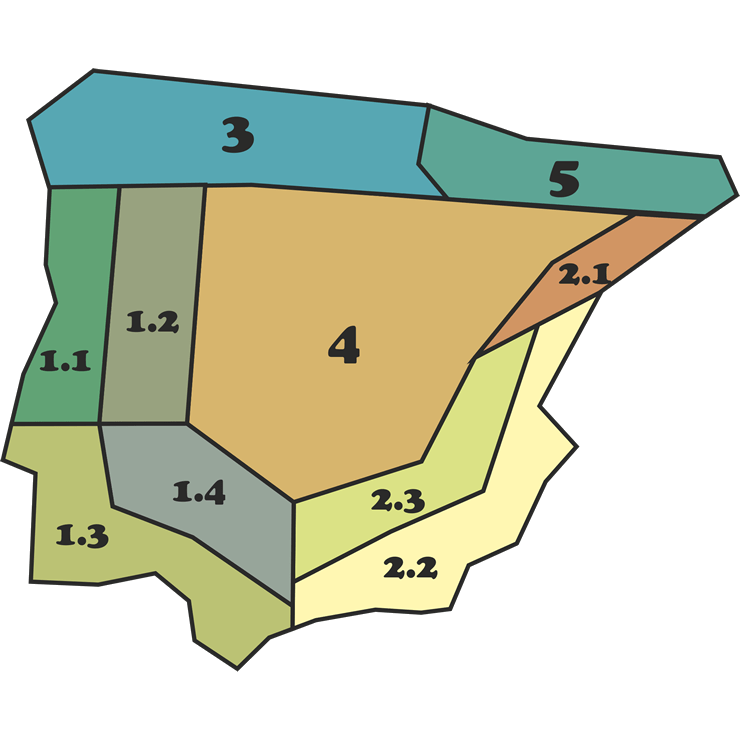
Revegetation and landscape restoration by edaphoclimatic zones.
To facilitate the decision regarding the choice of the best seed composition for landscape restoration works in our peninsular geography, we have designated different areas of application, according to their particular soil and climatic characteristics, in order to determine base seed compositions, which are recommended to be used in that area or geographical surface.
1. Western Peninsular Regions:
Wide region between the North of Portugal and the Southwest of Andalusia, up to the coldest regions of the plateau of Zamora, Salamanca and the northeast of Portugal. With an average rainfall of 500 mm, irregularly distributed, with wet and not excessively cold winters, and very hot and dry summers. Predominantly siliceous soils, consisting mostly of granites, which determine the types of soils, generally acidic in nature.
Subdivided in turn according to the edaphoclimatic characteristics of the region:
- 1.1 North Atlantic slope
- 1.2 Continental North and Cantabrian Coast
- 1.3 South Atlantic slope
- 1.4 Western Continental South
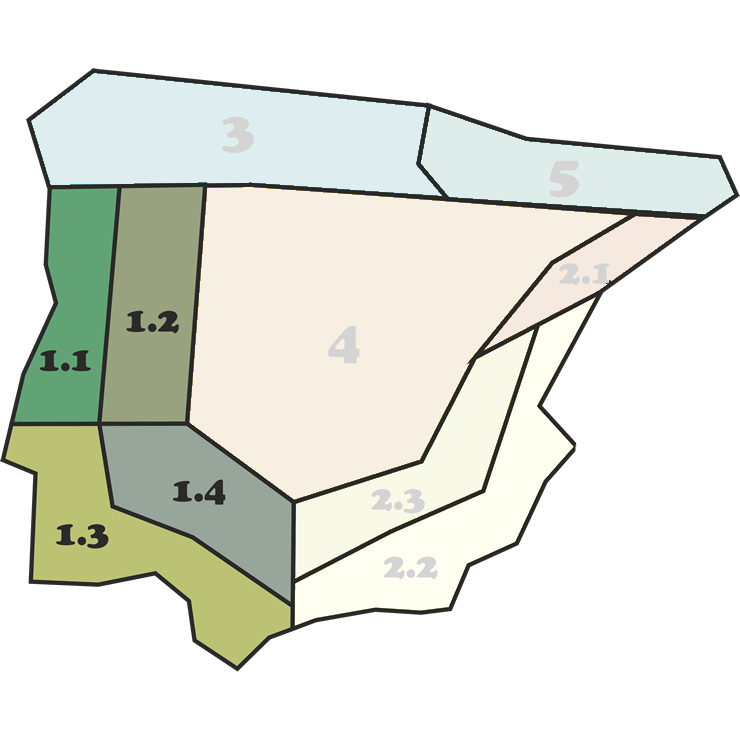
2. Eastern Peninsular Regions:
Region of the southeast and east of the peninsula, with average annual rainfall below 400 mm, with prolonged periods of drought and frequent seasonal torrential rains. The soils of the southeastern east of the peninsula tend to be neutral, limestone soils.
Which in turn are subdivided into:
- 2.1 Northern Mediterranean Slope
- 2.2 Southern Mediterranean slope
- 2.3 Eastern Continental South
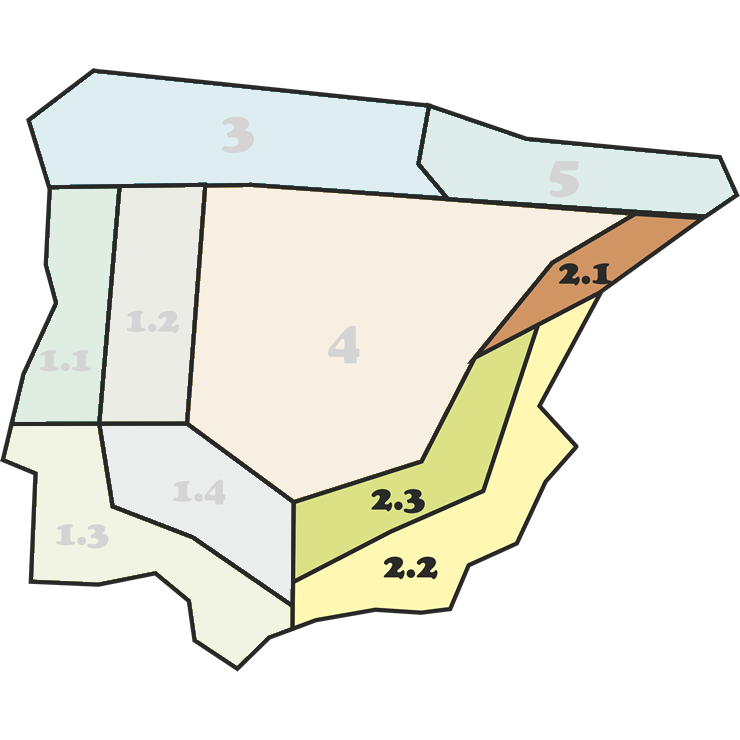
3. North Peninsular and Cantabrian Coast:
Region characterized by very acid soils and a very humid climate, with an average annual rainfall of over 1000 mm per year. It includes the entire Cantabrian coast from the western Pyrenees to the Galician Atlantic coast, including humid areas in the north of Castilla y León.
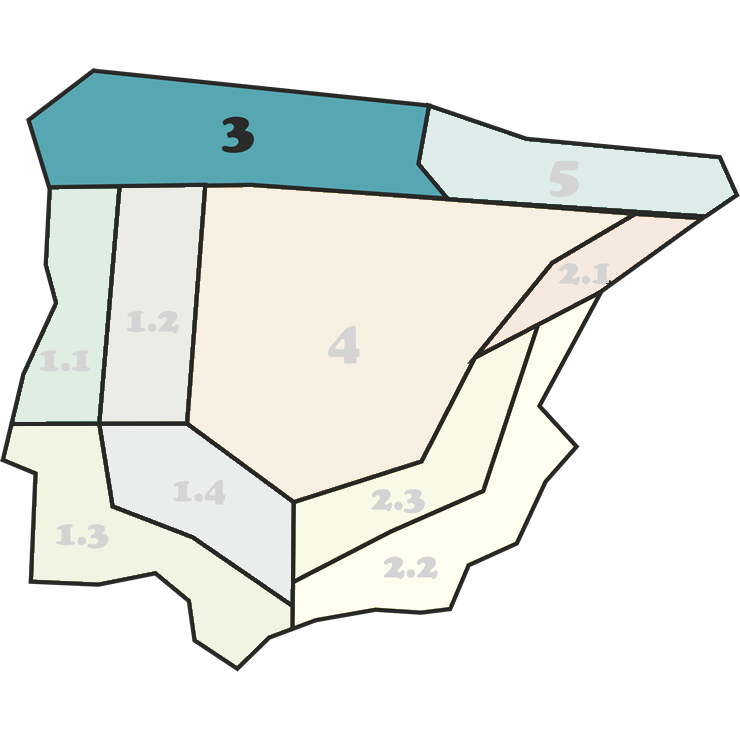
4. Peninsular plateaus and Ebro Valley:
Zone of the Iberian mesetastic interior, characterized by a division of the same according to the predominant climate and the edaphological qualities of the same.
An area with basic or neutral soils in the interior of the peninsula, with an arid and semi-arid climate, bordered to the north by the Cantabrian Mountains and the Pyrenees.
Another zone to the south includes areas of Extremadura, western Andalusia and southwestern Castile-La Mancha, with predominantly acidic soils and a continentalized Mediterranean climate.
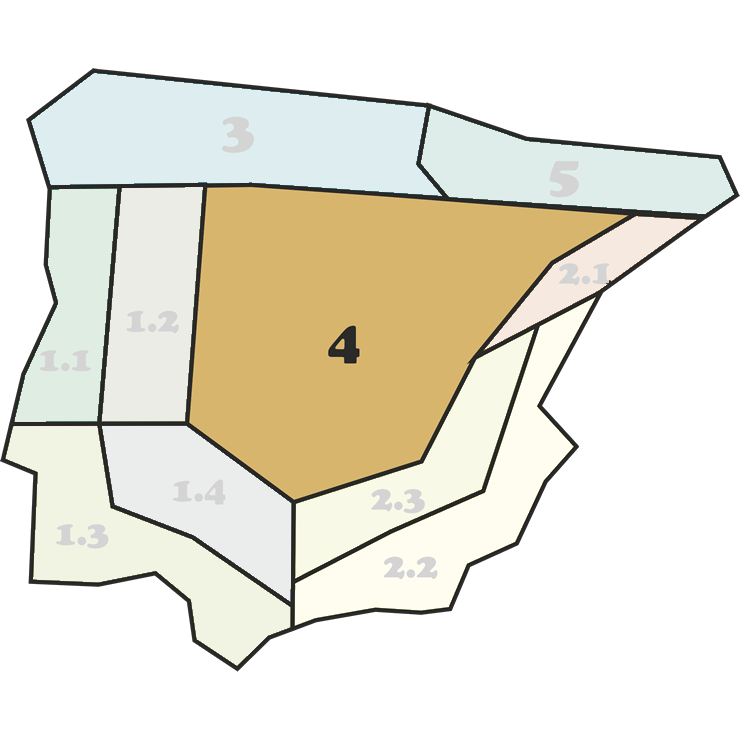
5. Mountain areas:
Seed compositions adapted to very unique conditions, such as high slope and orographic complexity, lack of soil and extreme temperatures.
We have different seed mixtures for different environments and natural ecosystems in our country.
